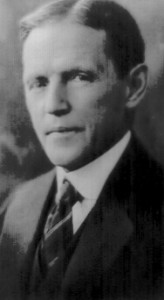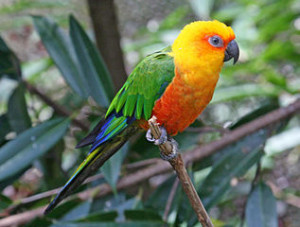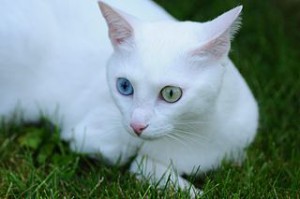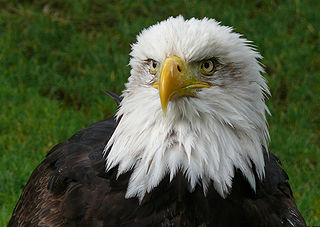 It turns out that humans are highly anthropocentric in how we conceive of vision. The measures that we use tend to be areas where problems in human vision arise: focusing at distant and close range, seeing at night, depth perception, field of vision, and colorblindness. We don’t factor in things that most humans can do easily, such as recognize patterns, and we also don’t think about things we can’t do at all, such as recognize the source of diffuse light.Here is a list of factors that vision entails (which may not be complete):
It turns out that humans are highly anthropocentric in how we conceive of vision. The measures that we use tend to be areas where problems in human vision arise: focusing at distant and close range, seeing at night, depth perception, field of vision, and colorblindness. We don’t factor in things that most humans can do easily, such as recognize patterns, and we also don’t think about things we can’t do at all, such as recognize the source of diffuse light.Here is a list of factors that vision entails (which may not be complete):
Ability to detect light (this is the core function of vision)Ability to locate the source of diffuse light (polarization)Ability to see in low lightAbility to see in bright lightSensitivity to changes in contrastAbility to see colorsRange of color visionAbility to distinguish hues within a narrow band of colorDepth perceptionDetection of movementAbility to see stationary objectsField of vision (including ability to see up and down as well as on a 360 degree plane)Focusing ability (including speed of focus on near and far objects)Ability to detect images at great distancesClarity of vision at far and close range (accommodation)Ability to detect shapes, both solid and outlineAbility to recognize patternsRapidity of image formation (analogous to frames per second in a camera)Clarity of underwater visionAbility to detect images below the surface of the water from above (and vice versa)Ability to compensate for idiosyncrasies in refraction (closely related to the factor above)Ability to compensate for movement (self locomotion as well as movement in the environment)Formation of a single image versus split visionCapacity for visual organs to withstand environmental challenges such as cold, pressure, and debris
I have not been able to find information comparing abilities to see and interpret auras.  So which animal has the best vision? I was a few chapters into this book before I realized what a silly question this is. Each animal has a type of vision perfectly adapted to its environmental niche. No eye or set of eyes can function in all areas extraordinarily well, because there are a few areas that are mutually exclusive and so it’s a choice between specialization or compromise. If I did have to pick the animal with the best vision, however, it would be any member of the ape family, including humans. No doubt many will not believe me and will dismiss this as more anthropocentricism. I say this because while there are animals who outperform us in every area of vision, except perhaps pattern recognition, our eyes function competently in a wide range of environments and circumstances. Our eyes do little that is spectacular but almost everything well. This is probably the main reason we have adapted to so many environments around the globe.SourceSinclair, Sandra. How Animals See: Other Visions of Our World. New York: Facts on File, 1985.Photo credits: Eagle–Vtornet; Chimpanzee–Thomas Lersch
So which animal has the best vision? I was a few chapters into this book before I realized what a silly question this is. Each animal has a type of vision perfectly adapted to its environmental niche. No eye or set of eyes can function in all areas extraordinarily well, because there are a few areas that are mutually exclusive and so it’s a choice between specialization or compromise. If I did have to pick the animal with the best vision, however, it would be any member of the ape family, including humans. No doubt many will not believe me and will dismiss this as more anthropocentricism. I say this because while there are animals who outperform us in every area of vision, except perhaps pattern recognition, our eyes function competently in a wide range of environments and circumstances. Our eyes do little that is spectacular but almost everything well. This is probably the main reason we have adapted to so many environments around the globe.SourceSinclair, Sandra. How Animals See: Other Visions of Our World. New York: Facts on File, 1985.Photo credits: Eagle–Vtornet; Chimpanzee–Thomas Lersch

 Most of us intuitively understand that other animals do not see the world the way we humans do, and we like to imagine how things look from their point of view. It turns out that the ways of seeing are more intricate and varied than we realize.I am returning this week to a favorite topic of mine: vision. Over the next several weeks I will be sharing insights gleaned from my perusal of an out-of-print book,
Most of us intuitively understand that other animals do not see the world the way we humans do, and we like to imagine how things look from their point of view. It turns out that the ways of seeing are more intricate and varied than we realize.I am returning this week to a favorite topic of mine: vision. Over the next several weeks I will be sharing insights gleaned from my perusal of an out-of-print book, 


